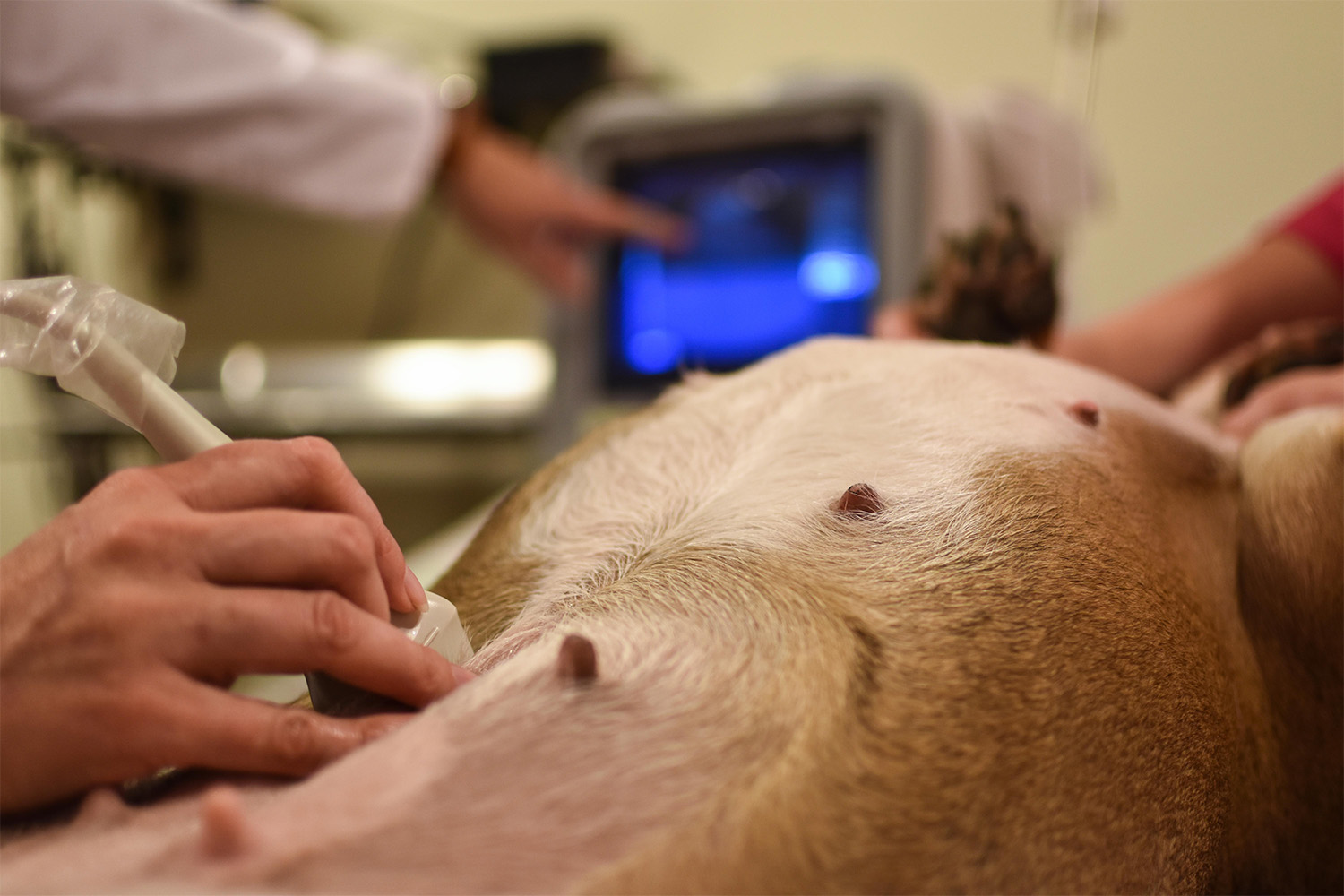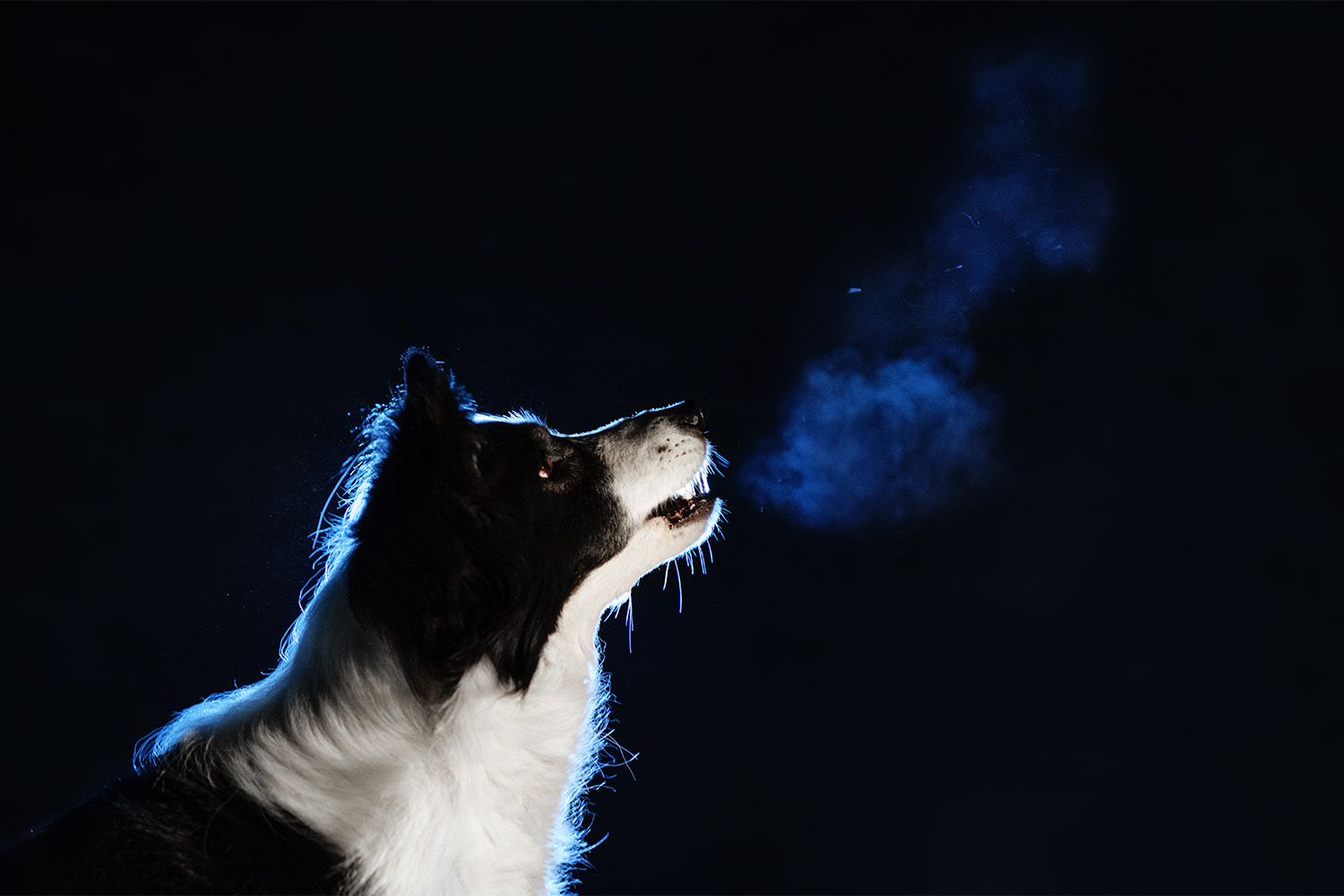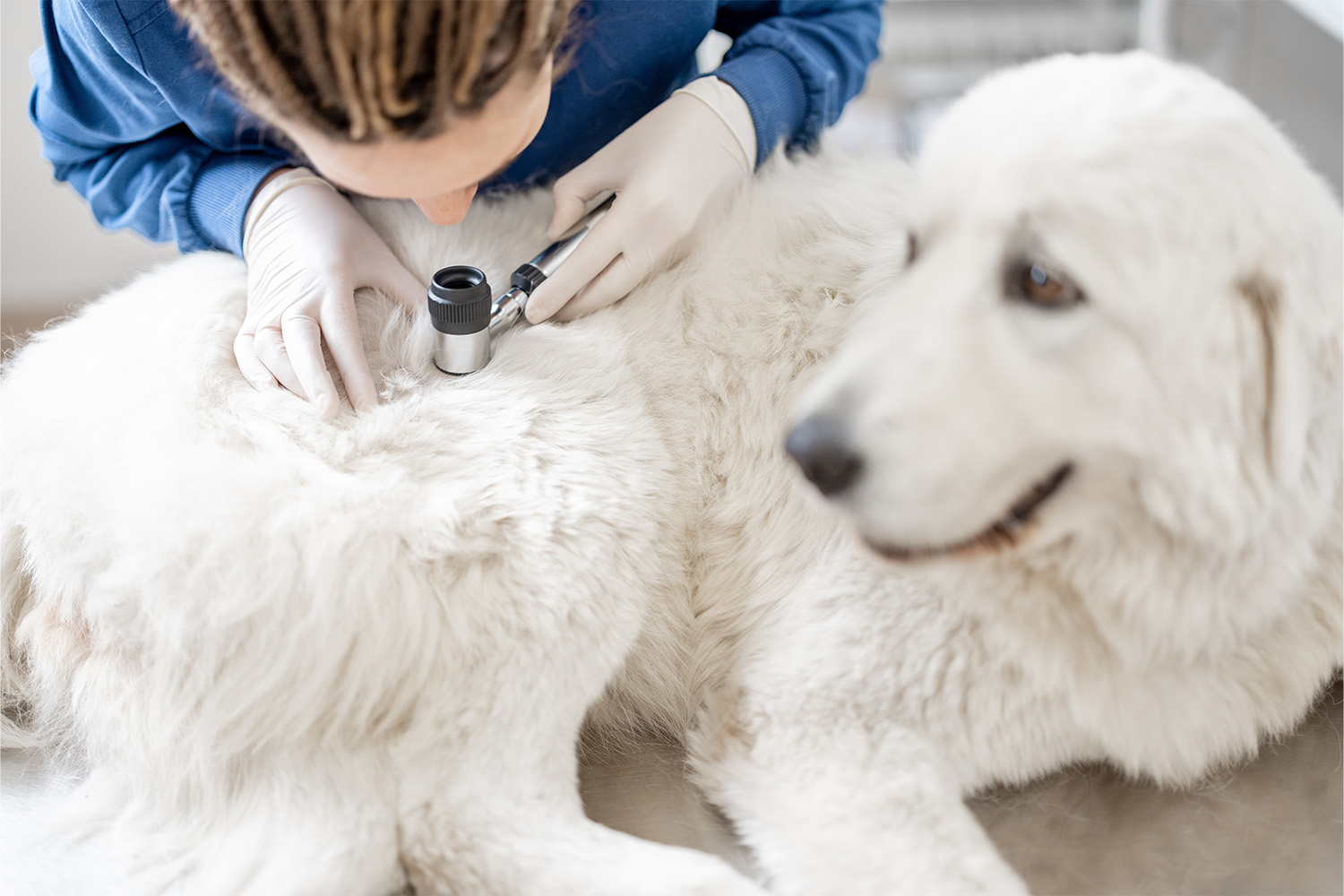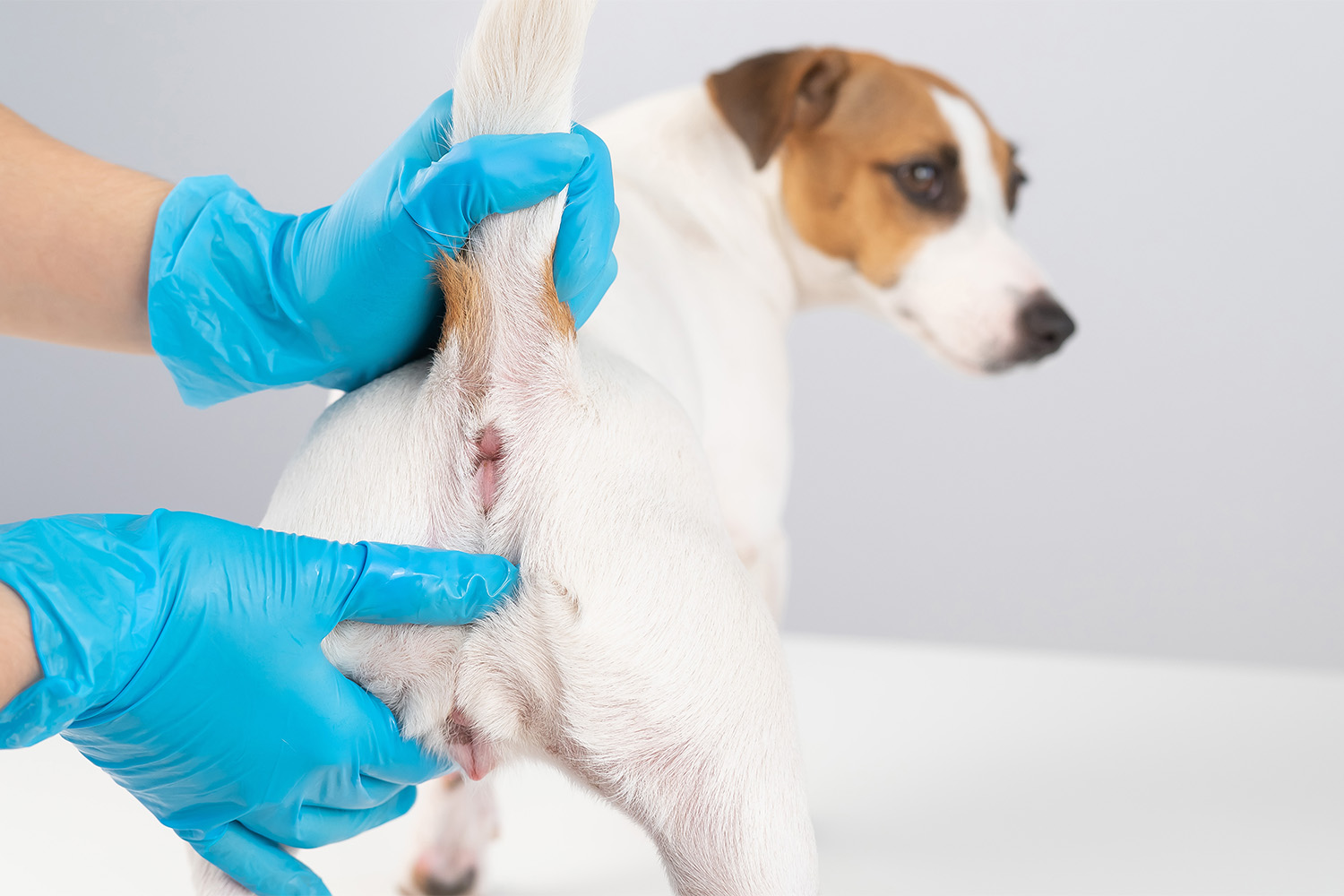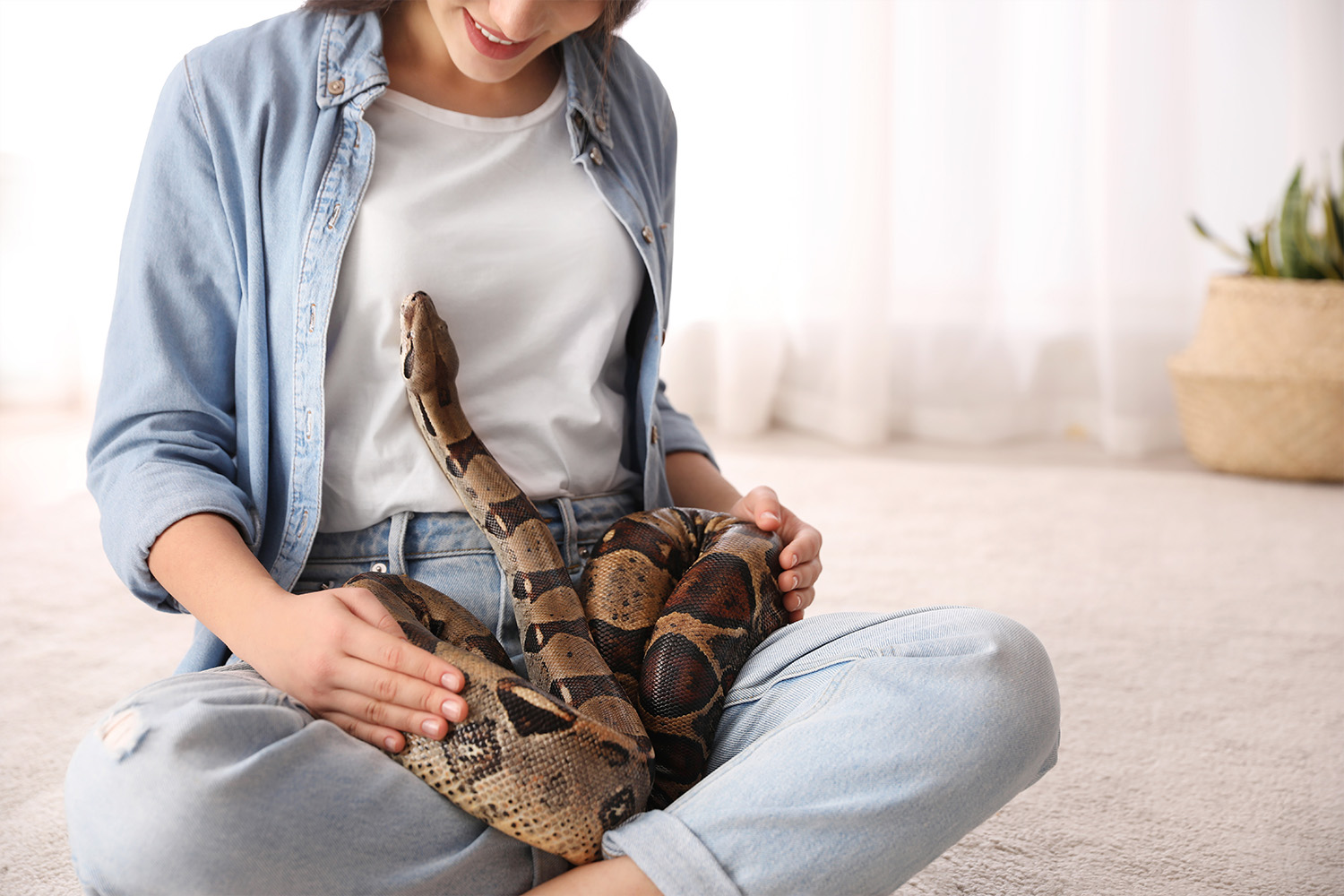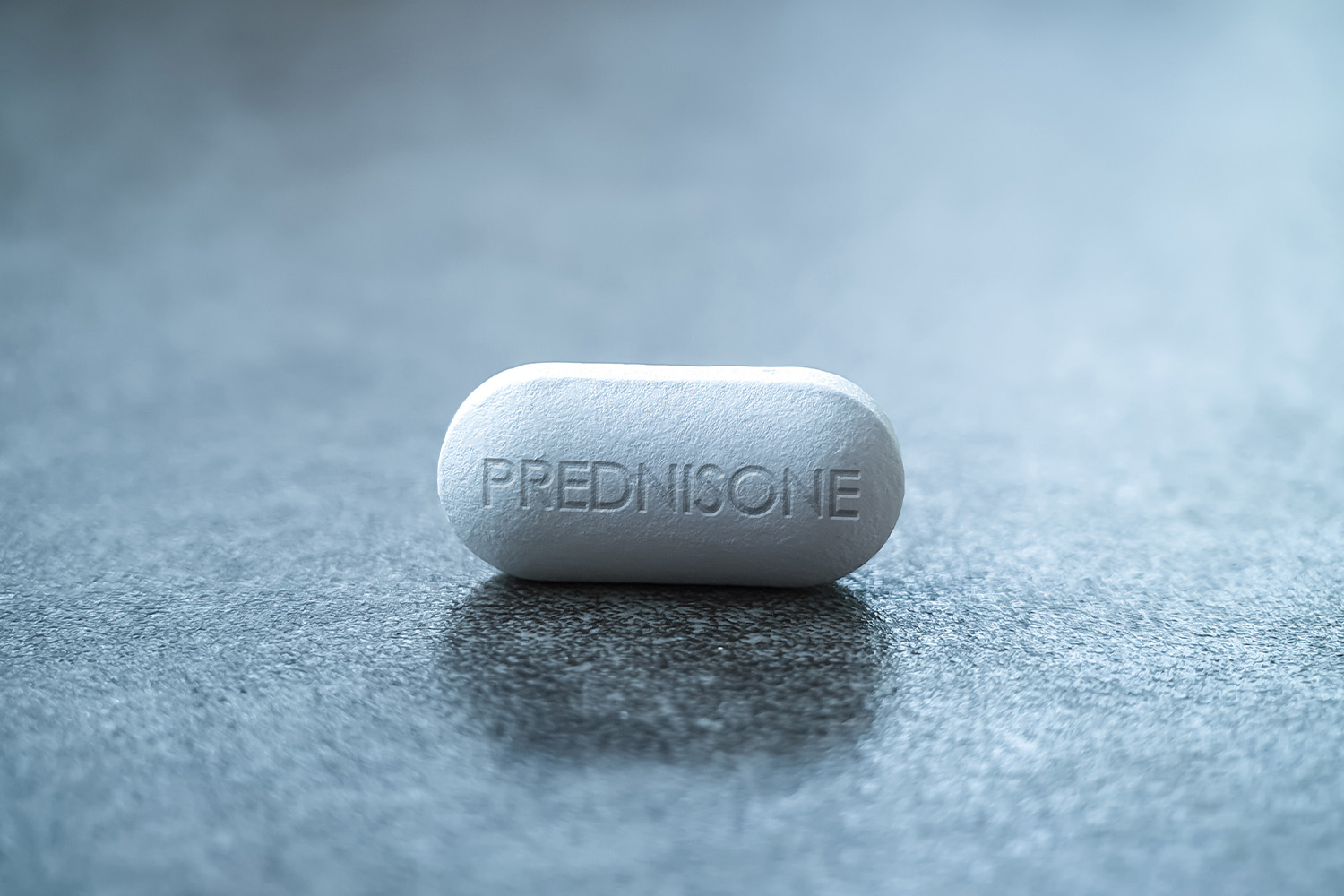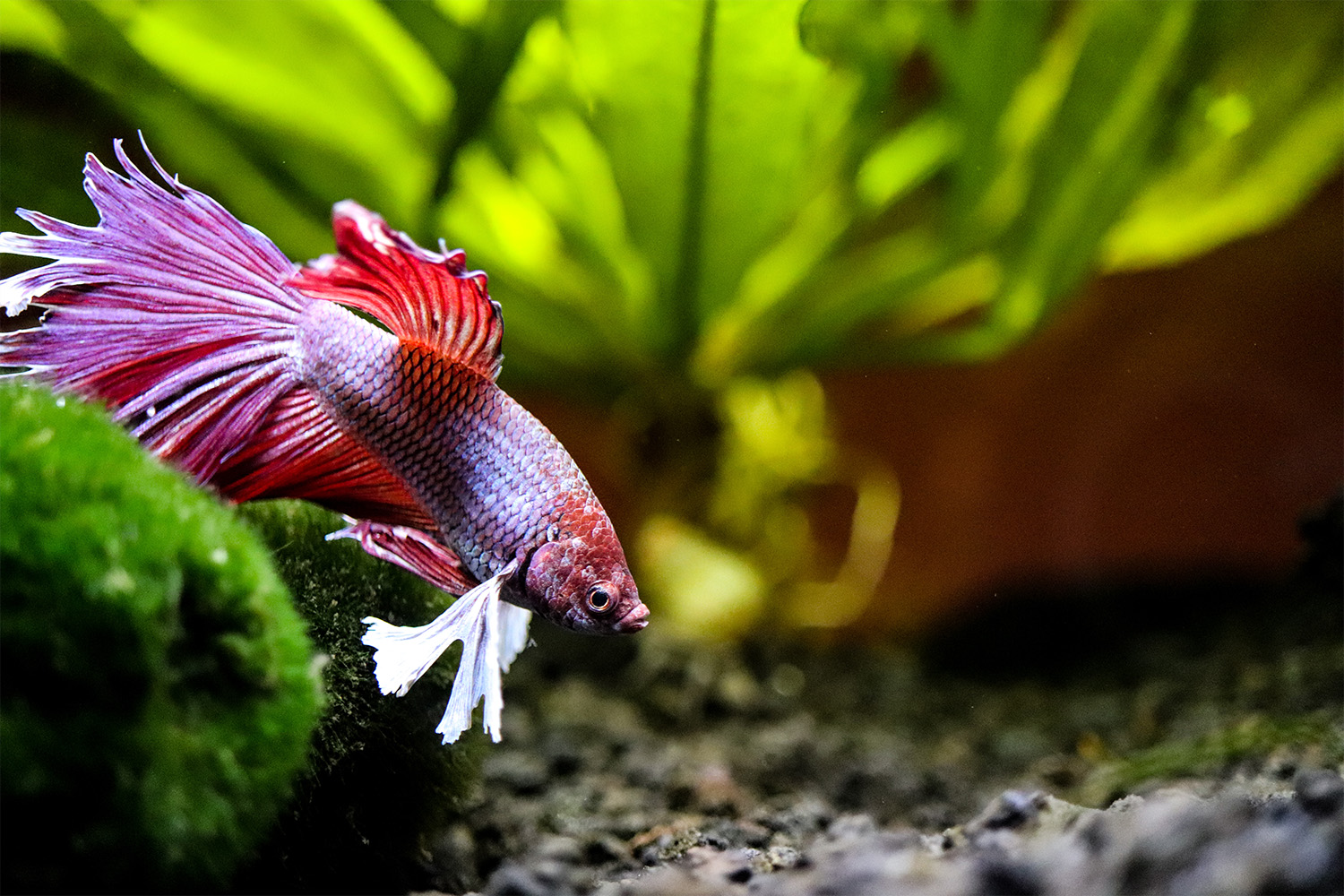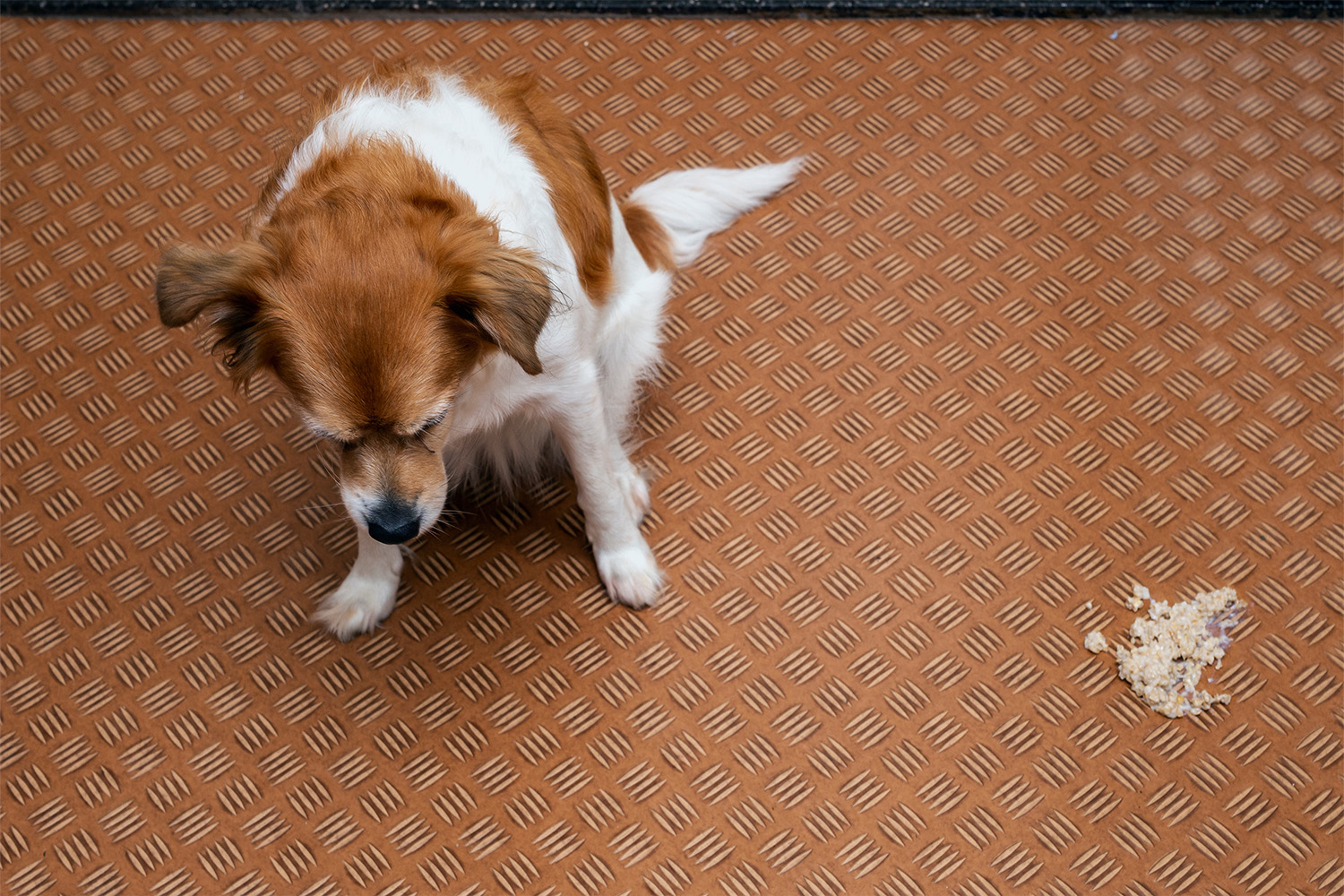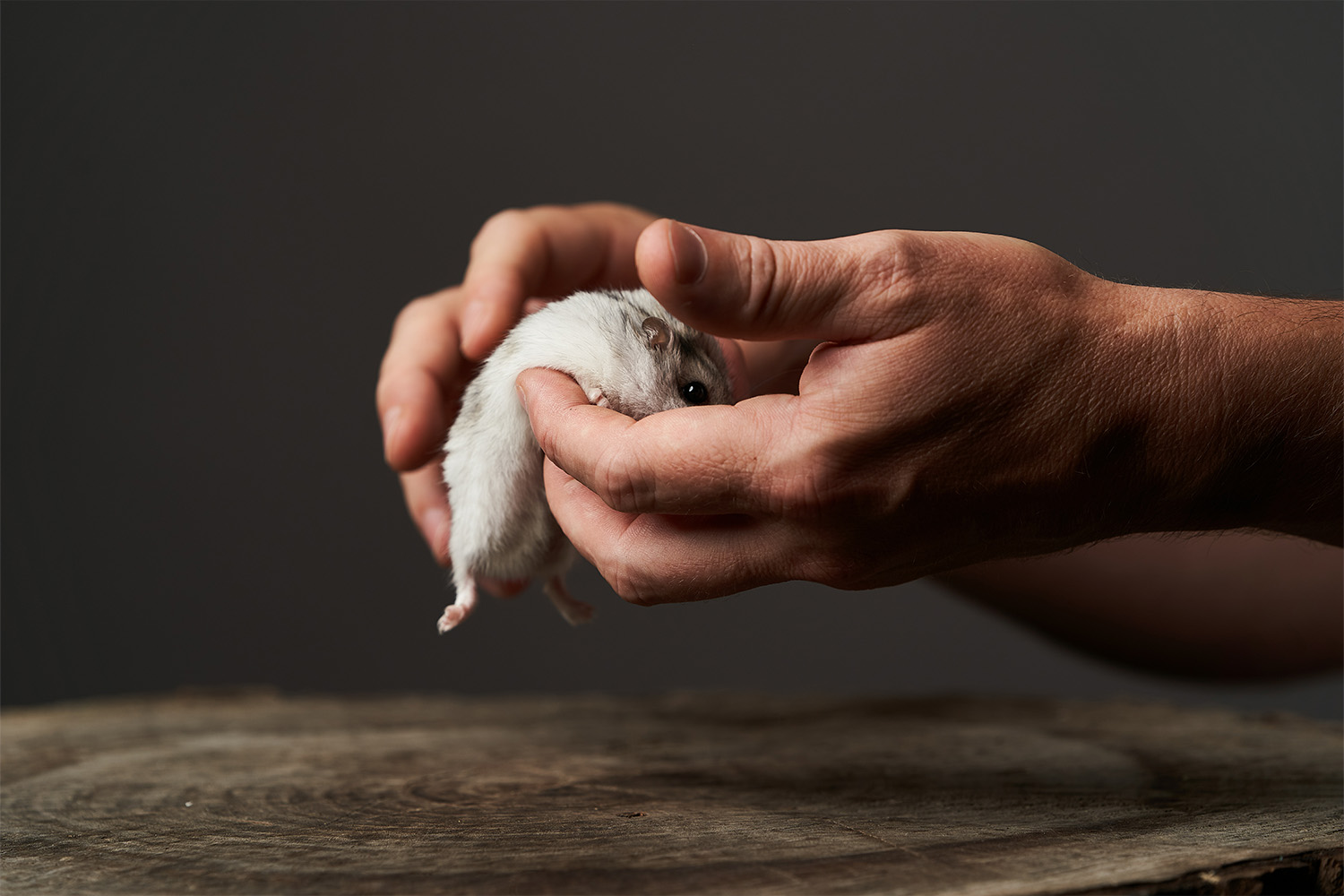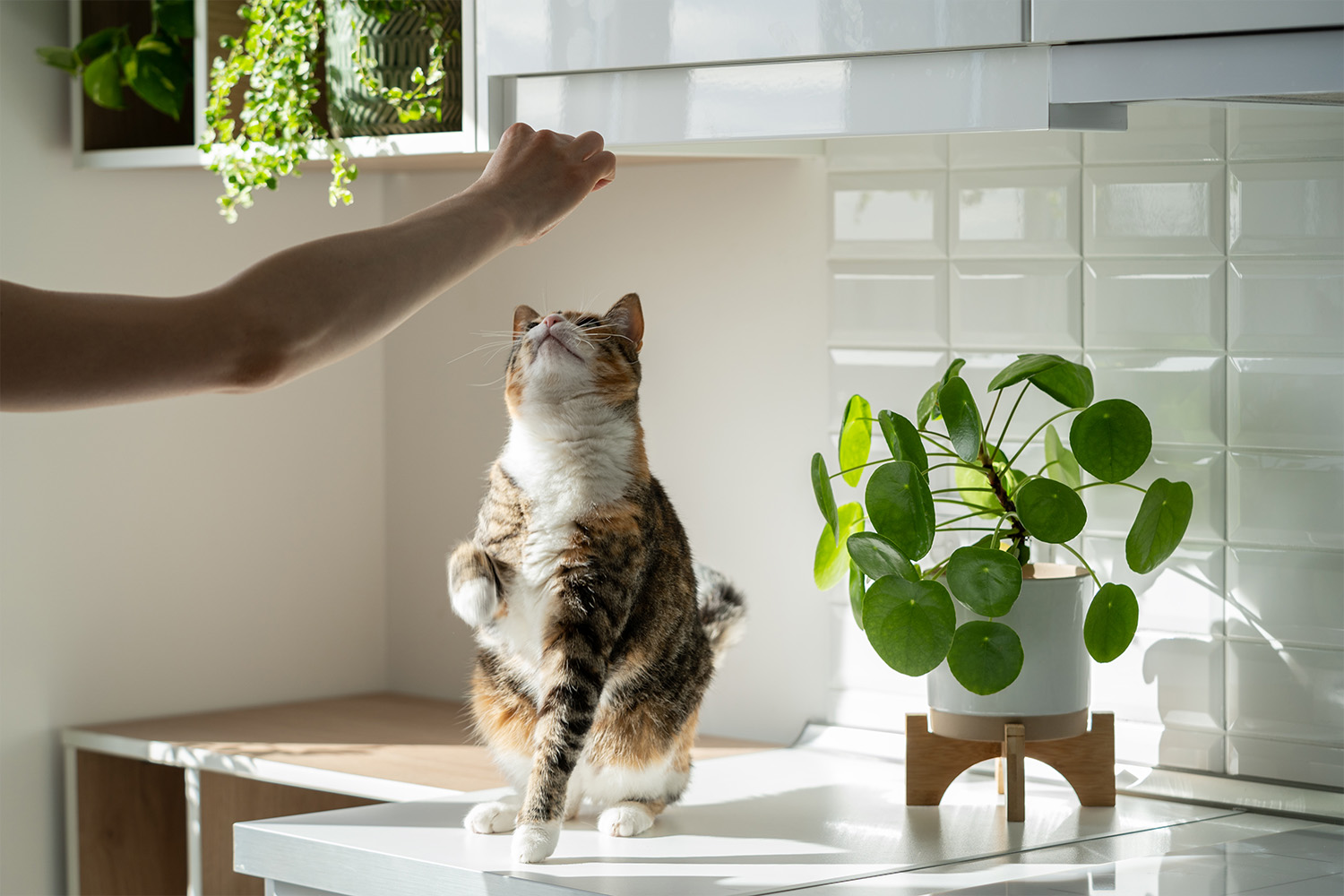Whether you’re planning to responsibly breed your dog or suspect that your dog might be pregnant unintentionally, learning about the signs of pregnancy can make the situation less stressful. Caring for dogs can be hard work, and having multiple adorable puppies running around your house can be overwhelming. Knowing the early signs of pregnancy can prepare you for all that comes with dog pregnancy.
Every dog is different, and not all display the same symptoms. If you are breeding your dog, you might already be aware of some of the main behavioral and physical signs that puppies are soon to be on their way. Otherwise, if you aren’t anticipating puppies, some of the symptoms of pregnancy might alarm you.
Unfortunately, home pregnancy tests meant for people won’t be able to detect a possible litter of puppies growing inside your furry friend. That’s why you’ll want to keep reading for the signs of dog pregnancy and when to contact your veterinarian.
When Can Dogs Become Pregnant?
Dogs can become pregnant when they have reached sexual maturity. For larger dog breeds, this can happen anywhere from six months to two years, and for smaller dog breeds, it can start as early as four months.
That means if you don’t intend for your female dog to become pregnant, you might want to keep them away from unneutered males until they undergo spaying. While female dogs can get pregnant early on, this isn’t often healthy for their developing frame.
The window that a dog can become pregnant is when she “comes into season” every eight months or so. This period is often referred to as “being in heat” and can last for several weeks. If, during her heat cycle, your dog interacts with an unneutered male, the risk for pregnancy is high. Until your dog is spayed, this cycle will continue for the entirety of her life!
How Long Are Dogs Pregnant For?
Dogs have a gestation period of around two months, with some variety, depending on the size and breed of the dog. Development is rapid once the eggs are fertilized and embedded into the lining of the uterine horn. It takes around a month before a fetal heartbeat can be detected, and by the end of the second month, the babies are almost ready to be born.
When Do Pregnant Dogs Start To Show?
Because of how fast the puppies develop in the short time that your dog is pregnant, it might not be until halfway through the pregnancy that you notice her belly starting to swell. Keep in mind that if it’s your dog’s first time being pregnant, she will likely have a smaller litter size.
Many factors play into your dog “showing” during pregnancy, including the size and breed of the dog, the number of puppies she is having, and the dog’s health. A dog’s belly might not be the thing that makes it clear she’s pregnant, though if you are observant, it might be easier to point out.
Signs To Look Out For
There is no pregnancy test that you can give to your dog to find out if she is pregnant, but there are several signs. First, though this might seem obvious, if your dog is spayed, she will not get pregnant. So if you notice any of the following signs, it is due to something else, and it might be time to seek veterinary care.
If your dog is not spayed and exhibiting the following signs, it could be that puppies are on their way:
1. “Morning Sickness”
At the beginning of your dog’s pregnancy, she might be more nauseous than usual. This would be like experiencing morning sickness for pregnant humans.
Your dog might throw up or lose her appetite in the early stages. This is because of the changes in hormones that are happening as the fetuses begin to develop.
2. Change in Food Intake
A change in appetite is generally one of the first symptoms that something new is afoot. This is one reason why maintaining a healthy diet and keeping tabs on a dog’s appetite is essential. When something changes, we can take note quickly and assess any reasons for the change.
In the first few weeks of your dog’s pregnancy, you might notice a decreased appetite. Certain foods that she loves might no longer be appealing. She also might eat less food than normal or even skip feedings altogether. This often happens before any of the puppies have begun developing in the womb.
However, during the second month, it’s more likely that your dog’s appetite will increase, likely because she is now eating for many rather than just herself. Don’t be alarmed over these changes, but instead, work with them — you might be buying more dog food than usual for a month.
3. Behavioral Changes
A pregnant dog undergoes many changes in her body and brain. Every dog is unique, so their behaviors can range from clingy to avoidant. You never know how your dog will act until you have a pregnant one in your care.
Some pregnant dogs will want to stick by their people and be provided with lots of love and comfort. Others might want to be alone and isolate themselves rather than experience nesting behaviors.
Your dog might become quieter than usual and might have less energy. She might not be as eager to go play fetch over and over in the backyard and might find the comfort of the couch more appealing. Maybe belly rubs were once her favorite, and now she’s more hesitant. These could be signs that something is going on.
Providing for your dog’s needs can make the pregnancy easier for her. Some to-do list items before her due date are to buy/build her a whelping box, make sure her vaccinations are in order (always, but definitely pre-pregnancy), and take her for regular checkups.
Additionally, it can also build your trust with her so that when the babies come, she sees you as a safe person. If your dog experiences discomfort due to the pregnancy, don’t be offended if she seems irritated by your attention. She’s just trying to get through it!
4. Swollen Belly and/or Nipples
While it’s likely that a pregnant dog’s stomach will swell as the puppies grow inside of them, it’s not always very noticeable. However, if you notice that your dog’s belly is more round and enlarged, pregnancy could be the reason why.
Also, a dog who is pregnant might have enlarged nipples. This might be an easier way to determine if your dog is pregnant or not because their teats will become swollen and longer than usual.
The dog’s nipples might release discharge as the pregnancy moves along. It might start off similar to the appearance of mucus, but it’s the milk that is preparing for the newborn puppies. However, it’s worth mentioning that milk production can also signify a false pregnancy — checking with a vet will give a clearer answer.
5. Weight Gain
In conjunction with a swollen belly, your dog’s weight might begin to fluctuate. Once the puppies start to develop inside the womb, they will rapidly grow, which will add weight to your dog. Your dog might eat more than usual which will add to the weight gain. If there are no other reasons for your dog to suddenly gain weight, it might be due to pregnancy.
How Can You Be Sure?
There is no way for you to test at home to determine if your dog is pregnant or not, so the only way to be positive is to visit your veterinarian.
Your vet can administer a few different tests to determine if your dog is pregnant or not and how far along they are. This is helpful so that you can prepare for the puppies and give yourself enough time to ensure everything is in order.
The different methods include:
- Ultrasound: Between days 25 and 35, your vet could perform an ultrasound to help detect heartbeats and see how many puppies your dog is carrying.
- X-ray: X-rays are the easiest way to determine if your dog is pregnant because it shows a clear picture of what’s going on in your dog’s belly. Though, they aren’t effective until about the third trimester, when the skeletal systems of the puppies are visible.
- Hormone test: A hormone test can be done between 25 and 30 days to determine if the hormone Relaxin is being produced and to track your dog’s hormone levels. This hormone is only produced when a dog is pregnant, so if it’s evident in the blood test, it’s very likely your dog is pregnant.
AskVet: Here for Your Q&As
Trying to determine if your dog is pregnant on your own is not an exact science. Unlike a human pregnancy, it’s hard to tell at home; it’s time to dial up your vet.
With dog pregnancy comes many questions, and AskVet is here to answer them. You can consult with a Pet Coach or veterinarian to get guidance on all your pet health and lifestyle issues.
Whatever questions arise during your dog’s pregnancy can be answered at any given point in the day. If you wake up in the middle of the night worried about your pet, they are here to help! When you sign up today, you gain access to these coaches at all times of the day. The AskVet Team can help craft specified treatment and behavioral plans to find ways to improve your pet’s life.
You don’t have to be alone trying to keep your pet comfortable and healthy during her pregnancy; we are here to help. And, if it happens that your dog is pregnant, we congratulate you on becoming a grandparent!
Sources:
A Review Of Maternal Behavior In Dogs And Potential Areas For Further Research | NCBI
Dog Pregnancy: Signs, Care, and Preparing for Puppies | American Kennel Club
Physiology and Clinical Parameters of Pregnancy in Dogs | VIN

